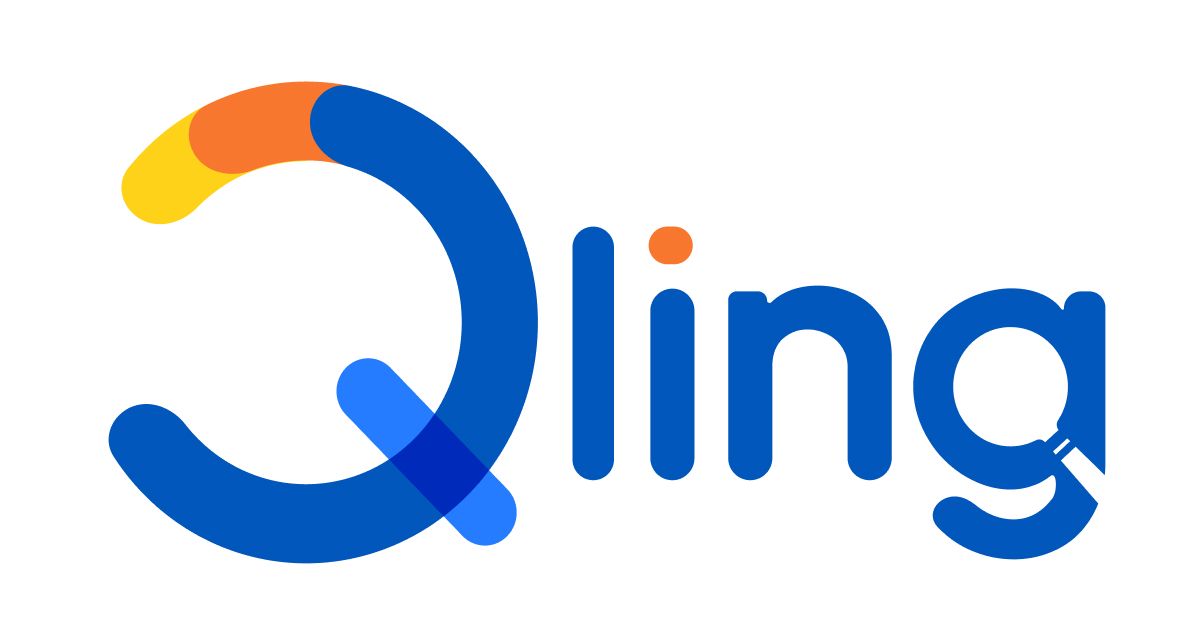Creating meaningful learning journeys
Categories: : The Learning Insights

Key Takeaways
- Often, learning journeys do not address the needs of a learner
- To create a meaningful learning journey, you need to accurately know the starting point of a learner
- Our framework helps you determine the learning inputs you should provide to each category of learners
In one of our earlier blogs, we addressed a very interesting question: "Is confidence hindering your success?" We looked at how we solved the problem of getting learners to realize that they may be incorrectly confident of their knowledge in certain areas.
Incorrect understanding and high confidence are a dangerous combination, which should be resolved quickly. If you have not read that blog, then you could read it by clicking here.
The finest wine means nothing to a teetotaler!
When you design a learning journey for a group of learners, ask if the learning journey addresses the needs of the learner? Are you providing advanced input to an audience that may struggle with fundamentals?
Or are you focussing on the basic application when they are ready for much more? People only find meaning when you provide them with something which is of value to them.
Often, learning journeys do not address the needs of a learner
How do you create the ideal learning journey?
As discussed in the earlier blog, "Is confidence hindering your success?", you need to be sure of how much the audience already knows, and how confident they are about what they know?
Unless you have answers to these questions, it is difficult to create a journey that addresses the right learning needs. However, once you have these details, then it is easy.
How do you create a journey based on their current understanding and confidence level?
Once you know the current capability and confidence level, then you can use the framework below to design what kind of content you need to offer? After you have gathered your result, you can classify the different learning needs into the four quadrants as shown below.

To create a meaningful learning journey, you need to accurately know the starting point of a learner
Learners in the Zone of Growth are the ones who have a good understanding and are also confident in what they know. They are ready to learn advanced skills. You should introduce advanced topics and challenge them with assignments that help them grow as skilled practitioners in that area.
Learners in the Zone of Realization are the ones who do not have a good understanding of the concepts, yet they are extremely confident in what they know. You will need to focus on helping them realize that their confidence is misplaced. They need to first agree that a learning needs may exist in areas where they are most confident. Once you build that acceptance, then the focus should be on understanding common pitfalls, bringing in clarification and showing them methods to verify their implementation of concepts.
Learners in the Zone of Agitation are the ones who do not have a good understanding of concepts and, therefore, lack confidence. Most learners trying to learn a new subject, tool or concept begin at this stage. For such learners, focus on fundamentals. The learners are not aware of the fundamentals and are low on confidence. Basics and fundamentals will help them get started and build their confidence.
Learners in the Zone of Opportunity are the ones who know the concepts fairly well but do not display the confidence to use them. You should get them to apply their learning and become more confident about what they know. It is helpful to engage them in hands-on assignments and projects which enable them to master the application of concepts.
Our framework helps you determine the learning inputs you should provide to each category of learners
To know more about how you categorize talent into these zones, you could read our blog here. This framework helps you in determining the right inputs you need to provide and, therefore, creates a more meaningful learning journey.
Most learning initiatives fail as they focus the learners' attention on areas that may not be relevant, and therefore they become disinterested and disengaged.
If you would like to know more about this approach and implement it in the learning programs in your organization, then please write to me at ankush.chopra@qling.net or set up a discussion with me by clicking here.
Related Blogs
Why you should measure confidence before training adults?
- Measuring the baseline understanding does not convey an accurate picture
- Our Capability and Confidence assessment helps in categorizing learners accurately
- You can create more meaningful learning journeys for each category of learners
Is being confident hindering your success?
- Misplaced confidence with a flawed understanding of concepts can derail learning
- Our Capability and Confidence assessment pinpoints areas where the understanding is incorrect, yet confidence is high
- By using data smartly, we are able to build in quick acceptance for the areas that need more attention
5 Steps to utilize your e-learning investment
- There has been a surge in the e-learning investments made by organizations
- However, L&D teams usually find it difficult to understand the contribution an e-learning platform makes in capability development of employees
- Follow our 5 step framework to maximize your e-learning investment
0px
Want updates? Let us know.
If you would liked to be notified when we release a new blog or have anything worthwhile to share, then please subscribe to our newsletter. We won't spam you. You can unsubscribe anytime.
I have read and agree to the terms & conditions.
 Ankush Chopra
Ankush Chopra 











